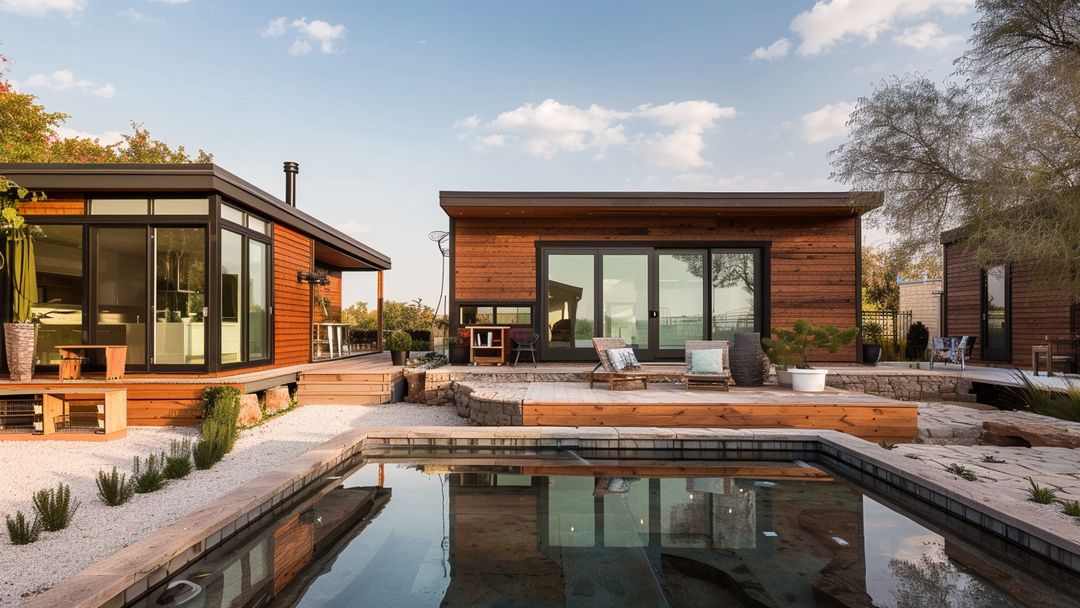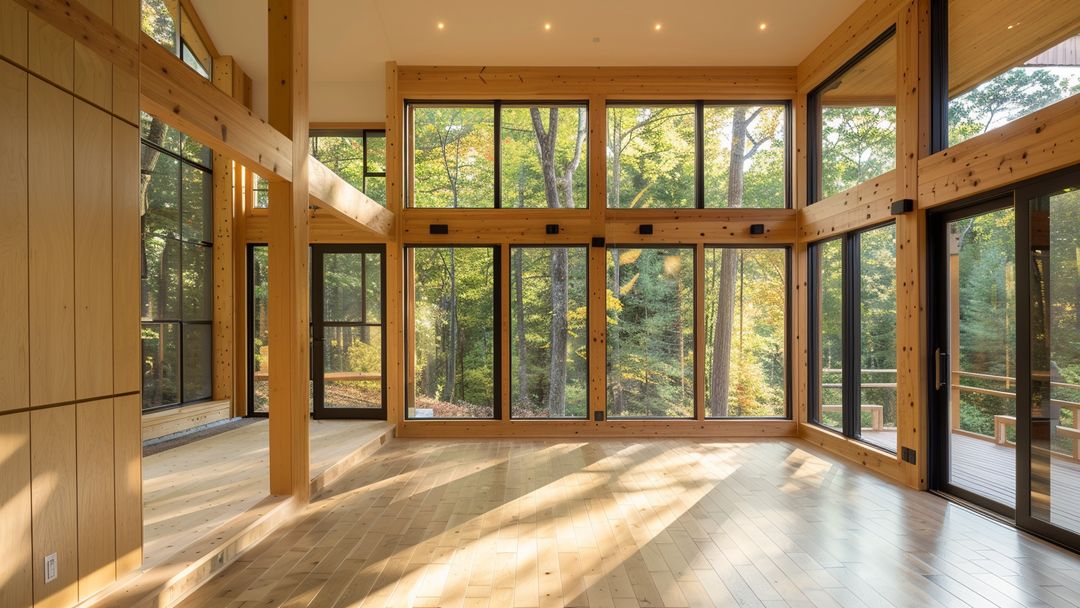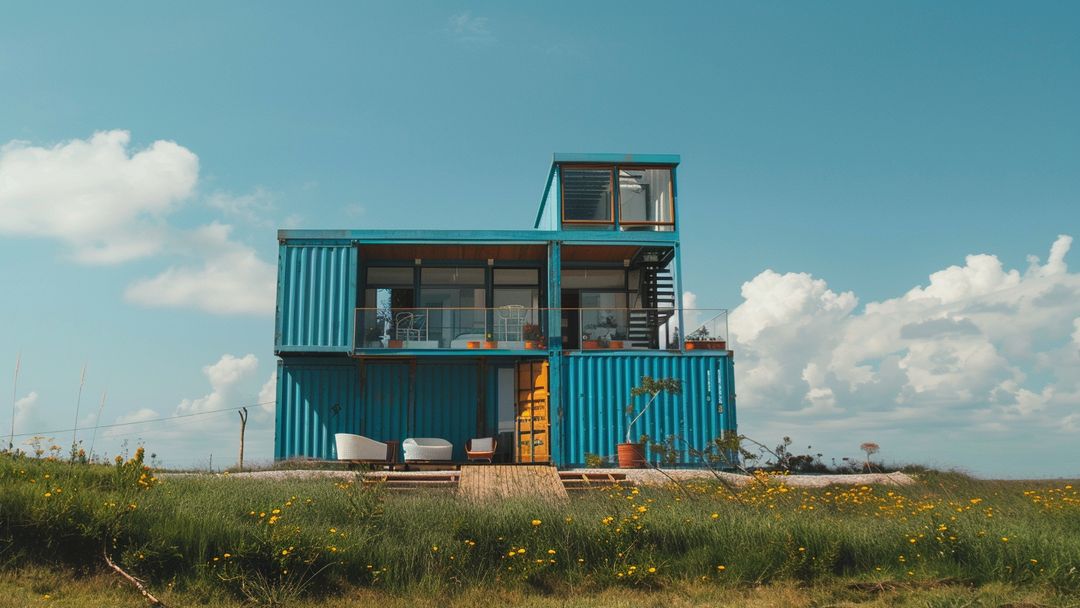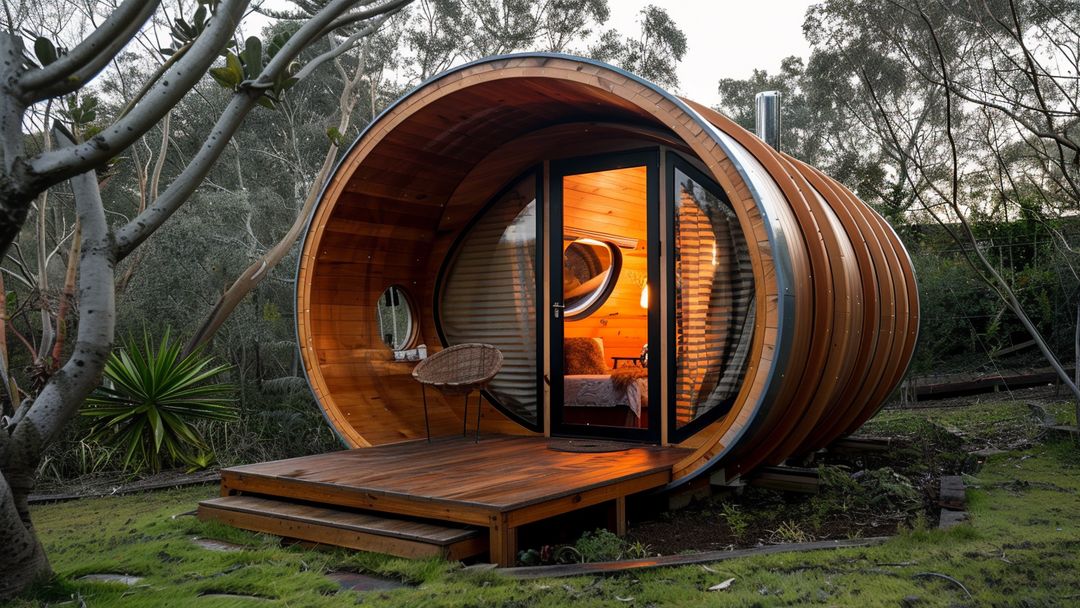The dream of a new home, perfectly suited to one's needs and lifestyle, is appealing at any age. For seniors considering their next housing move, perhaps downsizing or seeking a more accessible living space, prefabricated homes often emerge as an interesting option. Built in sections or modules within a controlled factory environment and then transported to a building site for assembly, these homes can offer potential advantages in terms of construction timelines and quality control. However, navigating the process of choosing, purchasing, and setting up a prefabricated home requires careful planning, thorough research, and a clear understanding of all the steps involved. This guide provides practical tips and insights for seniors exploring this housing alternative, focusing on informed decision-making and avoiding potential pitfalls.

Understanding the Basics: What is a Prefabricated Home?
At its core, a prefabricated ("prefab") home is one substantially constructed off-site in a manufacturing facility. The components – ranging from entire room modules to wall panels – are then transported to the designated land parcel and assembled on a permanent foundation. This factory-controlled process can minimize weather delays common with traditional on-site construction and potentially lead to more precise construction and reduced material waste.
It's important to recognize that "prefabricated" is a broad term. Key types include:
Modular Homes: Built in three-dimensional sections (modules) in a factory. These modules are transported to the site, set onto a foundation by crane, joined together, and finished. Modular homes are built to meet the same local, state, and regional building codes as traditional site-built homes and are typically financed and appraised similarly.
Panelized Homes: Wall panels are constructed in a factory (sometimes including windows, doors, and siding) and transported to the site for assembly on a foundation, creating the home's structural shell. More on-site work is usually required compared to modular homes to complete the interior and systems.
(Manufactured Homes - Note: While sometimes grouped under prefab, manufactured homes, historically referred to as mobile homes, are built to a different federal building code (HUD Code) and often have a permanent chassis. This guide primarily focuses on modular and panelized homes intended as permanent structures on private land.)
High-quality prefabricated homes are designed and built to be durable, permanent structures meeting rigorous building standards, offering longevity and value comparable to site-built construction.
Phase 1: Laying the Groundwork – Planning and Preparation
Success in purchasing a prefabricated home hinges heavily on meticulous upfront planning, well before you fall in love with a specific floor plan.
The Crucial Element: Land: Unlike buying an existing house, securing suitable land is often the first major hurdle. You cannot simply place a prefab home anywhere. Consider:
Zoning and Regulations: Critically important! Verify with the local planning or building department that prefabricated homes (specifically the type you are considering, e.g., modular) are permitted on the land parcel. There might be restrictions on size, style, or placement.
Site Assessment: Is the land accessible for large delivery trucks and potentially a crane? What is the topography (slope)? What are the soil conditions? These factors impact foundation requirements and costs.
Utilities: Confirm the availability and cost of connecting essential services: water (public or well), sewer (public or septic system), electricity, natural gas (if desired), telephone, and internet access. Connection costs can be substantial, especially in rural areas.
Covenants and Restrictions (CC&Rs): If the land is in a subdivision or community with a Homeowners Association (HOA), review the rules thoroughly. There might be specific architectural guidelines or restrictions affecting prefab homes.
Defining Your Needs (Senior-Specific Focus): Think carefully about your current and future lifestyle:
Accessibility: Prioritize single-level living. Consider designs with wider doorways (36 inches), zero-step entries, walk-in showers with potential for seating, and reinforced walls in bathrooms for future grab bar installation.
Space Planning: Are you downsizing? How much space do you truly need for comfortable living, hobbies, storage, and potentially accommodating guests or a future caregiver?
Low Maintenance: Factor in exterior material choices (siding, roofing) and landscaping options that require minimal upkeep.
Health & Safety: Good indoor air quality, non-slip flooring options, and easy-to-reach controls and storage are important considerations.
Comprehensive Budgeting: The advertised base price of a prefab home model is only one piece of the financial puzzle. Create a detailed budget that includes all potential costs:
Home Base Price: The factory cost for the selected model.
Modifications & Upgrades: Costs for any customizations, upgraded finishes, fixtures, or appliances.
Land Cost: If you don't already own it.
Site Preparation: Excavation, grading, foundation construction (crawl space, basement, slab) – this can be a very significant expense.
Utility Connections: Trenching and hook-up fees for water, sewer/septic, power, etc.
Transportation: Fees for delivering the home modules/panels from the factory to your site (distance is a factor).
Crane Services: Often required for setting modular sections onto the foundation.
On-Site Assembly & Finishing: Labor costs for joining modules, completing roofing and siding, interior finishing (drywall patching, painting, flooring installation), installing cabinetry, connecting systems (plumbing, electrical, HVAC), building decks/porches/garages (if not part of the prefab package).
Permits & Fees: Local building permits, inspection fees, impact fees.
Financing Costs: Loan origination fees, appraisal costs, interest charges (construction loans often differ from standard mortgages).
Contingency Fund: Absolutely essential! Set aside 10-20% of the estimated total project cost for unexpected issues or cost overruns.

Phase 2: Choosing Your Manufacturer and Home Design
With land secured and budget outlined, you can focus on selecting the right company and plan.
Manufacturer Due Diligence: This is critical. Not all prefab manufacturers are created equal.
Experience & Reputation: How long has the company been operating? Do they specialize in the type of home you want? Look for reviews, testimonials, and check their standing with consumer protection groups or builder associations (using general terms). Ask for references from recent customers in your area.
Quality Standards: Inquire about their construction methods, the quality and brands of materials used (lumber, insulation, windows, roofing), and quality control processes within the factory. Do they meet or exceed local building codes?
Factory Visit: If feasible, arrange a tour of their manufacturing facility. This provides valuable insight into their process and quality standards.
Warranty Details: Obtain a clear, written copy of the warranty. Understand what aspects of the home are covered (structural, systems, workmanship, materials), for how long, and the process for making a claim.
Geographic Reach: Ensure they deliver to and have experience working in your specific region.
Design Selection:
Floor Plans: Review the manufacturer's standard floor plans. How well do they align with your needs assessment (especially regarding accessibility and flow)?
Customization Potential: Understand the degree to which plans can be modified. What are the cost implications of changes? Ensure customizations are clearly documented.
Visualizing the Space: Use floor plans, virtual tours, or visits to model homes (if available) to get a real sense of room sizes, layout, and natural light. Prioritize function and long-term livability.
Energy Efficiency Features: Ask about insulation values (R-values) in walls, floors, and ceilings, window energy ratings (U-factor, SHGC), air sealing techniques, and options for energy-efficient HVAC systems and appliances.
The Contract – Read Meticulously: The purchase agreement is a vital document. Ensure it includes:
Complete Specifications: A detailed list of everything included – specific materials, brand names for fixtures and appliances, insulation levels, window types, flooring, cabinetry, countertops, etc. Avoid vague language.
Clear Scope of Work: Precisely define the manufacturer's responsibilities versus the buyer's (or their separate general contractor's) responsibilities regarding site work, foundation, utility hookups, on-site assembly, final finishing, landscaping, etc.
Firm Costs & Payment Schedule: Outline all costs clearly and the schedule of payments tied to project milestones.
Project Timeline: Include estimated dates for factory completion, delivery, and on-site work phases, acknowledging potential variables like weather.
Change Order Procedure: Detail how modifications requested after signing will be handled, including approvals and cost adjustments.
Warranty Information: Incorporate the full warranty details.

Phase 3: Bringing It All Together – Site Work, Delivery, and Finishing
This phase involves coordinating factory production with on-site activities.
Local Expertise: You will likely need to hire a local general contractor or individual tradespeople (excavators, foundation specialists, electricians, plumbers) for the site-specific work. Choose professionals experienced with prefabricated home installations. Effective communication and coordination between your manufacturer and your local team are paramount.
Precise Site Preparation: The foundation must be constructed exactly to the manufacturer's plans to ensure the prefab sections fit correctly. All utility lines need to be stubbed up to the proper locations. Site access must be clear for delivery.
Delivery and Setting: The arrival of the home sections is a major milestone. This complex process often involves specialized transport and requires careful coordination, especially if a crane is needed to lift modules onto the foundation. Weather can be a factor.
Assembly and Button-Up: Once modules/panels are set, the crucial work of joining them, making structural connections, integrating systems (plumbing, electrical, HVAC), and completing the exterior envelope (roofing, siding) begins. Interior finishing follows (drywall, paint, flooring, fixtures).
Inspections Galore: Throughout the site preparation and assembly process, various inspections by local building officials will be required (foundation, framing connections, plumbing rough-in, electrical rough-in, insulation, final occupancy). Ensure these are scheduled and passed.

Final Thoughts for Senior Homebuyers
Prefabricated homes can offer an efficient path to a new residence, potentially well-suited for seniors seeking accessible, single-level living or looking to downsize into a modern, energy-efficient space. The key is meticulous planning, rigorous due diligence in selecting land and a manufacturer, comprehensive budgeting that accounts for all costs (especially site work), and careful oversight of the on-site construction phase. Working with experienced professionals – both at the factory and locally – is crucial. By approaching the process with informed diligence, you can navigate the complexities and increase the likelihood of creating a comfortable, safe, and well-built prefabricated home that meets your needs for years to come.